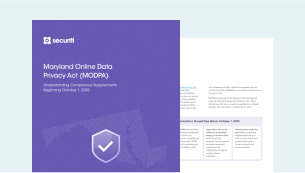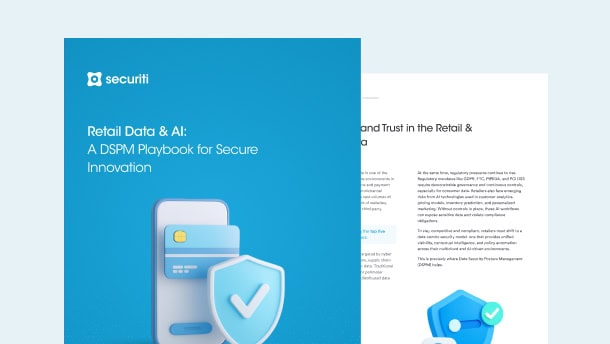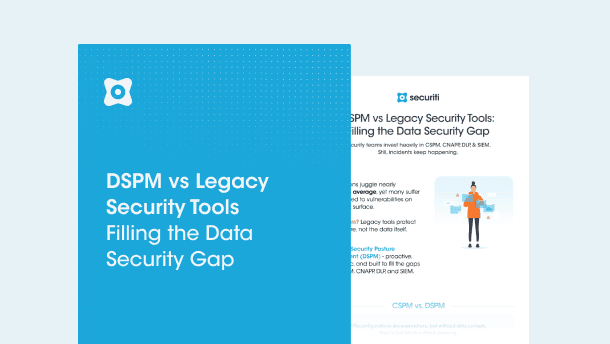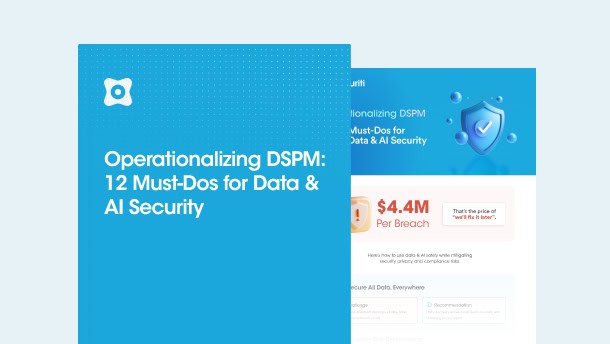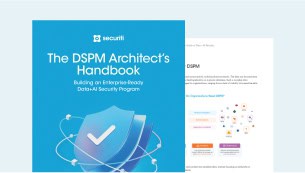The NIST AI Guidelines aim to provide individuals and organizations with strategies that boost AI systems' trustworthiness and encourage their responsible design, development, deployment, and usage.
The Guidelines outline four distinct functions to help organizations address AI system risks. These functions—govern, map, measure, and manage—are further divided into categories and subcategories that ensure the overall responsible and ethical use of AI.
Govern
A cross-cutting function integrated throughout the AI risk management process, the Govern function supports the processing of other functions of the framework. It incorporates policies, accountability structures, diversity, organizational culture, engagement with AI actors, and measures to address supply chain AI risks and benefits.
Map
It provides the background necessary to outline the risks associated with an AI system, enabling its classification, weighing the system's advantages and disadvantages against appropriate benchmarks, and accounting its impacts on both individuals and groups.
Measure
It utilizes quantitative, qualitative, or hybrid methods, approaches, and procedures to analyze, benchmark, and monitor AI risk and its effects. It identifies the best measures and techniques, assesses the AI system for reliability, and gets input on the measurement's effectiveness.
Manage
The Manage function allocates risk resources to mapped and measured risks on a regular basis and as defined by the Govern function. It manages risks from AI risks and benefits from third-party entities, strategizes to maximize AI benefits and minimize damage, prioritizes AI risks based on the Map and Measure functionalities, and documents risk treatments.
The aforementioned functions, govern, map, measure, and manage, are further categorized and subcategorized to ensure the appropriate and ethical use of AI in its entirety. For a detailed understanding of the NIST AI RMF framework, please refer to our Comprehensive Analysis of AI Risk Management Frameworks: Navigating AI Risk Management with Securiti.
Enhancing Business Strategy with NIST AI Guidelines
By integrating NIST AI Guidelines, organizations can ensure responsible deployment of AI technology via enhanced governance, trust, and compliance. This minimizes risks and increases stakeholder trust, paving the way for sustainable growth and competitive advantage. As a beginner, organizations should:
- Understand the guidelines and how to align business practices with recommended principles;
- Classify each AI system depending on the identified risks and identify top-priority risks.
- Leverage the guidelines for innovative approaches and market differentiation and mitigate risks associated with AI deployments;
- Adopt enhanced security protocols and practices;
- Develop a privacy program that includes policies, procedures, and controls to manage and protect personal data;
- Conduct a privacy risk assessment to identify the types of personal data processed, the purposes of the processing, and the potential privacy risks such as data breaches, unauthorized access to personal data, and data loss;
- Provide employees with adequate and up-to-date training to understand AI risks and their roles in the AI risk management process.
How Securiti Can Help
Securiti’s Data Command Center enables organizations to comply with the NIST AI RMF/NIST AI Guidelines by securing the organization’s data, enabling organizations to maximize data value, and fulfilling an organization’s obligations around data security, data privacy, data governance, and compliance.
Organizations can overcome hyperscale data environment challenges by delivering unified intelligence and controls for data across public clouds, data clouds, and SaaS, enabling organizations to swiftly comply with privacy, security, governance, and compliance requirements.
Request a demo to witness Securiti in action.









































